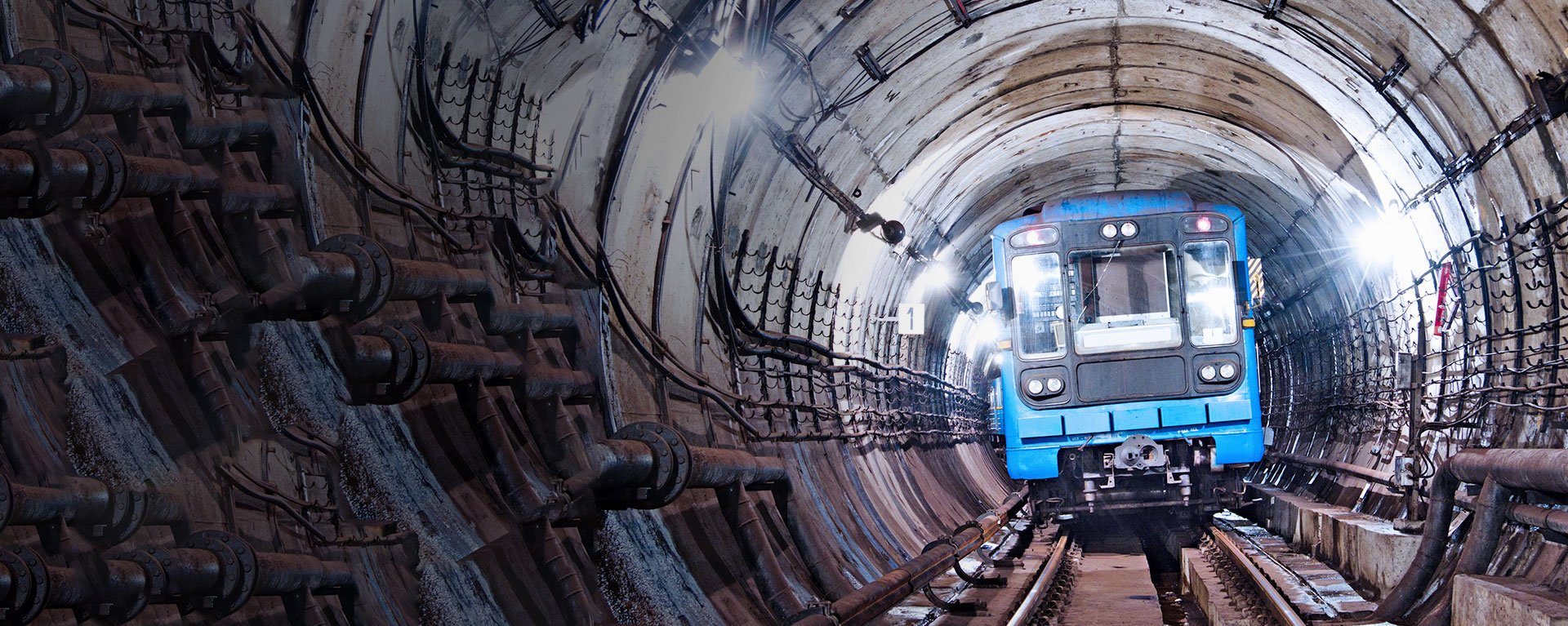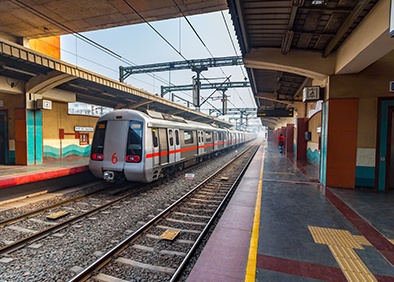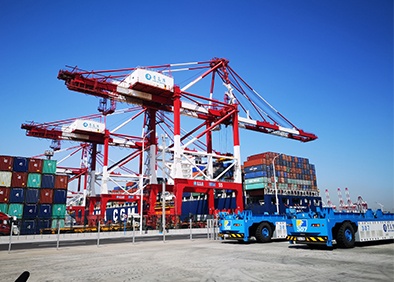Highest wireless broadband capacity for
trains, vehicles & vessels on the move
FiberinMotion® delivers wireless broadband with unmatched throughput and wide area coverage for trains, vehicles and vessels in motion while ensuring service continuity at high speeds and in challenging environments.
What can FiberinMotion® do for you?
Transportation Product Portfolio

Transportation Base Station (TBS)
750Mbps
5 km range
4.9-6.0GHz
MIMO 3x3
350KMH/220MPH
Railway Certified
IP67
Transportation Mobile Unit (TMU)
750Mbps
4.9-6.0GHz
MIMO 3x3
350km/h | 220mph
Seamless Handover
Railway Certified
IP67
Unmatched performance for wireless mobility

Highest Throughput
FiberinMotion® delivers wireless broadband for trains, vehicles and vessels on the move with unmatched throughput of up to 750Mbps.

Wide Area Coverage
Extended coverage reduces the number of base station installations required, saving upon substantial infrastructure costs (e.g. poles, electricity, and network) as well as on-going maintenance.

Interference Immunity
Field-proven air interface operating
in near and non line-of-sight (nLoS/NLoS) conditions and in high interference environments.

Guaranteed SLA
FiberinMotion® guarantees dedicated bandwidth per train, vehicle or vessel and ensures high quality of service and service continuity, enabling multiple concurrent services.
Overcoming
environmental
challenges
Operating in challenging environments, FiberinMotion® wireless mobility solution caters to a range of applications including passenger Wi-Fi in underground metro trains, video and data connectivity between off-shore oil rigs and vessels, video transmission to and from patrol vehicles and remote monitoring of autonomous machinery and vehicles in mines and ports.


"Today, more than 80% of Moscow’s citizens use Wi-Fi onboard the metro and receive continuous high-speed service thanks to RADWIN’s high-performance robust solution."
Mikhail Minkovskiy | CTO
Maxima Telecom, Russia

“A big congratulations to RADWIN for securing the Passenger Innovation of the Year 2017 award at SmartRail Europe. RADWIN’s Next Generation Train-to-Ground solution which delivers 500 Mbps user throughput to trains - a figure unparalleled in the industry – stood out as a particularly strong entry and a worthy winner.”
Luke Upton | Editor
SmartRail World

"RADWIN’s IP67 base stations and mobile subscriber units deployed onboard Hornblower Niagara Cruises ships are rugged and waterproof. They operate even in misty conditions, providing ultra-throughput connectivity on-the-go to run multiple applications.”

